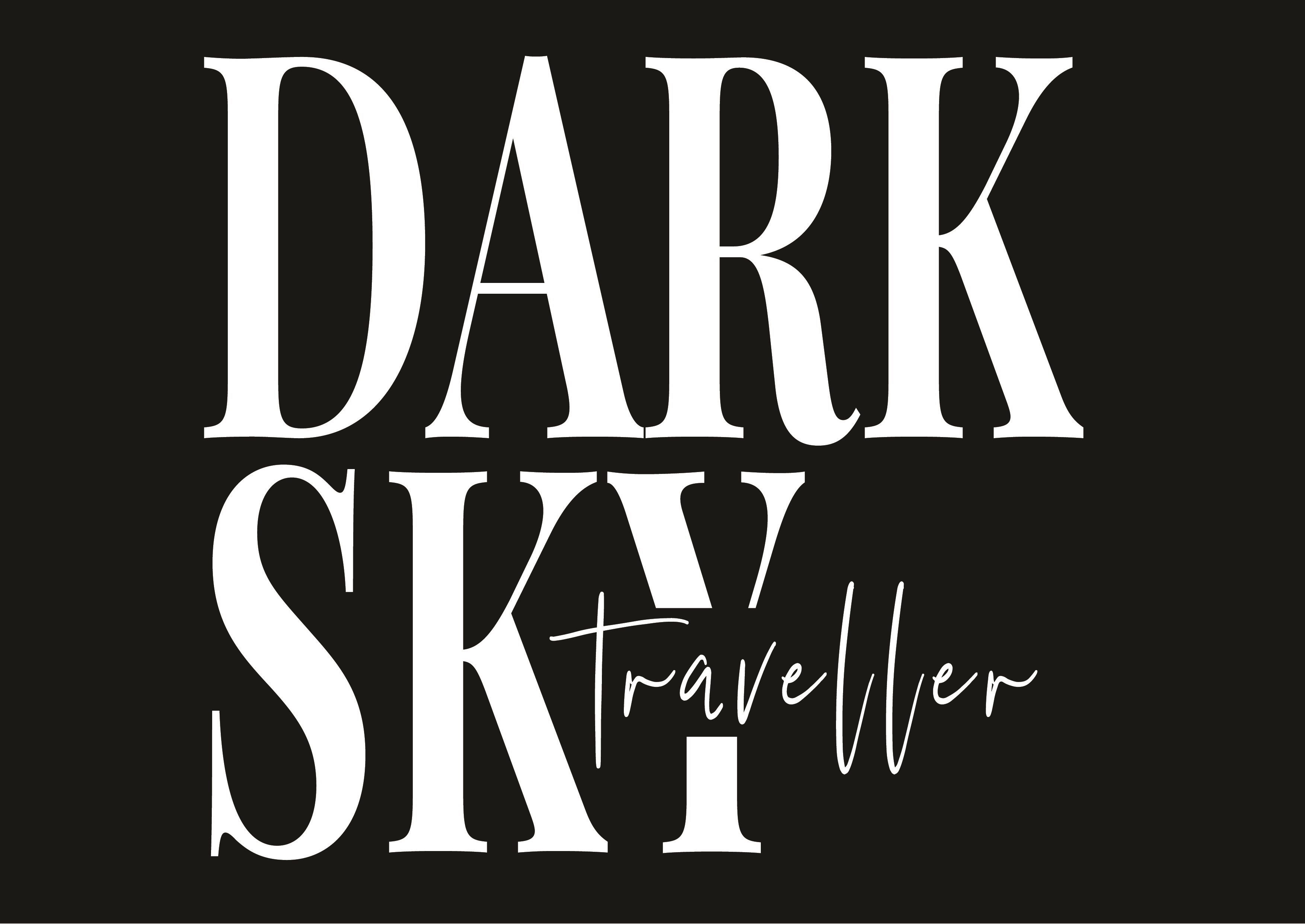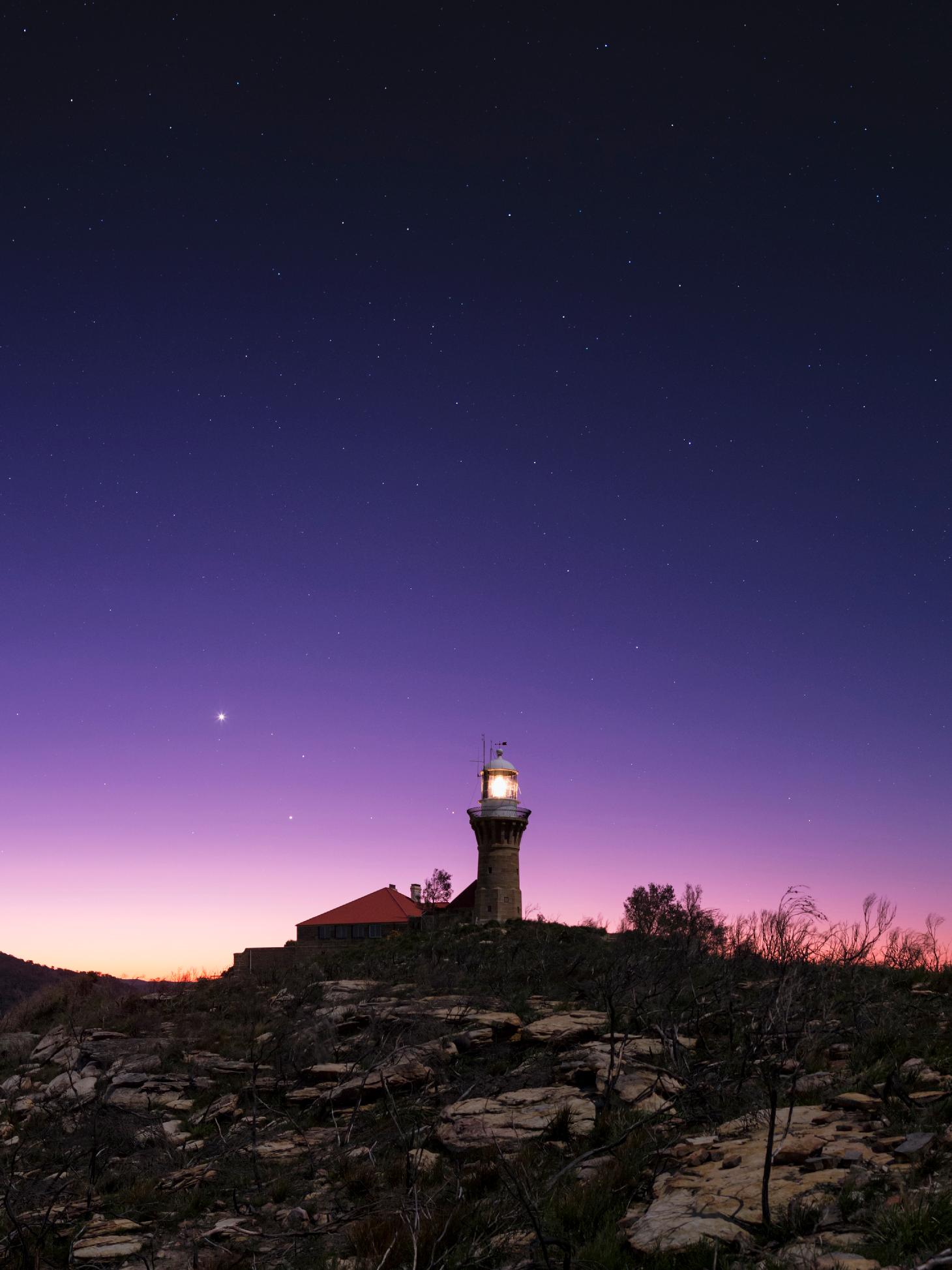August 22 - 28, 2021: Issue 507
Dark Sky Traveller + The Australasian Dark Sky Alliance: A Chat With Founder Marnie Ogg
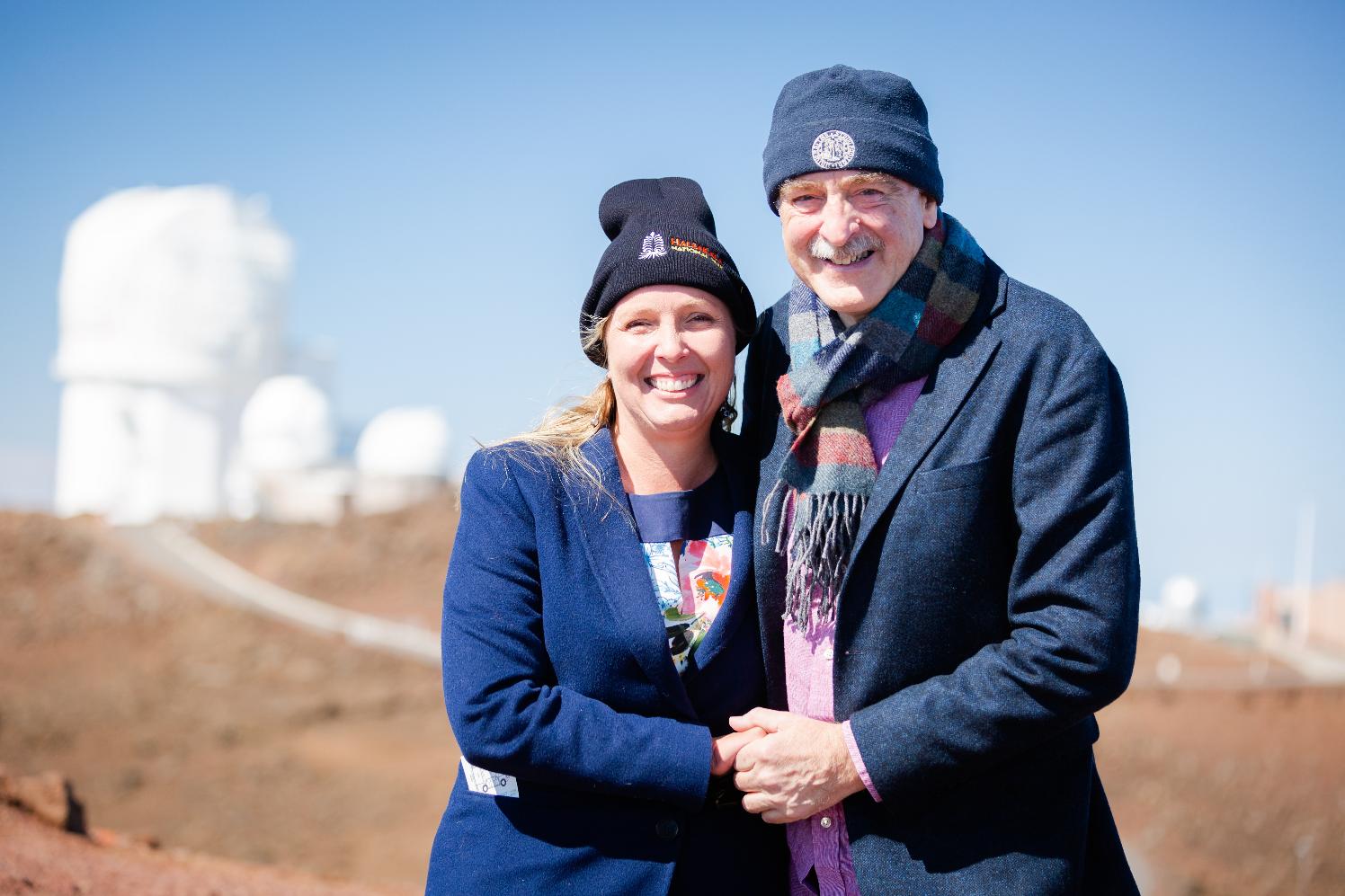
Currently the Australasian Dark Sky Alliance is running an 'After Dark Photo Competition: Northern Beaches'. Our area is one of the best places in Sydney to view the night sky and appreciate this wonderful asset. All you need do is enter your image of the Land, Sea or Sky on the Northern Beaches taken between sunset and sunrise to be in the running for prizes, and share the beauty of the Northern Beaches LGA in a way not done before.
Proceeds from the event will go towards supporting the charity the Australian Dark Sky Alliance to support the ongoing conservation of the night time environment. Entries close September 1st, 2021.
The details of the three categories are:
- Land – capturing manmade and/or natural formations, wildlife, flora or fauna associated with the night
- Sea – capturing waterways, beaches, or marine areas, sea life associated with the night.
- Sky – capturing aspects of the night sky, moon, stars capes, clouds or wildlife associated with the night sky.
There is a limit of six (6) entries per category per photographer and all entries must be taken within the Northern Beaches LGA. There is also a Junior Section is for photographers 18 years old or younger and they can take an image that features any one of the categories. Enter your snaps at: afterdark.myphotoclub.com.au
The Australasian Dark Sky Alliance is the brainchild of Pittwater born and bred lady, Marnie Ogg. Marnie started at the grassroots of the travel industry building her own company, Dark Sky Traveller, taking people around the world to visit places of scientific interest with all tours having an accent on sustainability, individuality and experience. Through Dark Sky Traveller, and with her husband, astronomer Fred Watson, people have been to some of the world's best observatories, seen the Aurora Borealis and other wondrous 'eclipse' events, and visited unforgettable places.
The Australasian Dark Sky Alliance is a volunteer, non-profit charity, educating the public and policymakers about night environment conservation. With light pollution at night increasing by 2% year on year, it is one of the fastest-growing pollutants in the world, leaving only 20% of the world's population a sky full of stars and impacting on nocturnal wildlife as well.
The Australasian Dark Sky Alliance states its Mission is to:
- Educate the public and policymakers about night sky conservation.
- Promote environmentally responsible outdoor lighting.
- Create business opportunities that support night sky preservation.
- Empower everyone with the tools and resources to help bring back the night.
- Support communities to create IDA Designated Dark Sky Places in the Southern Hemisphere.
In 2003, Fred Watson received the David Allen Prize for communicating astronomy to the public, and in 2006 was the winner of the Australian Government Eureka Prize for Promoting Understanding of Science. In January 2010, Fred was made a Member of the Order of Australia for service to astronomy, particularly the promotion and popularisation of space science through public outreach.
Fred says he's spent so many years working in large telescope domes that he has started to look like one. He has been an astronomer at the Australian Astronomical Observatory since 1995, and his main scientific interest is in the use of novel technology to gather information on very large numbers of stars and galaxies. Until 2009, Fred was based at the AAO's telescopes in Coonabarabran, where he was Astronomer in Charge. He is now the Australia's Astronomer at Large with Department of Industry, Innovation, and Science, working closely with state and Federal government scientists and communicators.
Fred has adjunct professorships at the University of Western Sydney, University of New South Wales, Macquarie University, the Queensland University of Technology and the University of Southern Queensland. He is well-known for his astronomy slots on ABC radio, and his books include "Stargazer - the Life and Times of the Telescope", "Why is Uranus Upside Down? and Other Questions About the Universe", which won the 2008 Queensland Premier's Literary Prize for Science Writing and the ABC's blockbuster, “Universe”, for which he was chief consultant.
In January 2013, Fred launched his most recent book "Star-Craving Mad, Tales from a Travelling Astronomer" featuring many highlights from his recent journeys around the world, exploring points of astronomical interest, and in 2014, he launched a series of light-hearted science lectures called Fred Watson Presents. Fred even has an asteroid named after him (5691 Fredwatson), but says that if it hits the Earth, it won't be his fault...
Marnie managed Sydney Observatory before devoting her time to one of her passions: preserving the night sky.
In July 2016 Marnie successfully saw the Warrumbungle National Park designated as Australia's first Dark Sky Park. Since then she has spent her time re-engaging people with the natural heritage of the night sky and reducing the impacts of lighting pollution. In 2017, Marnie was awarded the Dark Sky Defender Award, presented by the International Dark-Sky Association.
Her recent activities in preserving the night sky, including starting the Australasian Dark Sky Alliance, have driven the quest for Dark Sky Traveller. Everything ADSA does is underpinned by science-based evidence gathered by researchers in the field of Light At Night.
This week a few insights from Marnie.
What is Dark Sky Traveller?
Dark Sky Traveller is a culmination of my two greatest loves - Travel and tourism and the night sky. Well, three, actually, as my husband (Astronomer at Large, Fred Watson) is an astronomer and it is with him that we started leading journeys around the world taking them to unique and interesting places of astronomical interest. It was after several years of tours to exotic places that I realised how magical the Australian night sky is, and that it is truly one of the darkest, richest places to see the wonder of the heavens above. Together, Fred and I created Australia's first dark sky place, and have increasingly been encouraging people to preserve the natural environment day and night.
Tourism is a great way of bringing people to new experiences and as such, all our tours and events include an opportunity for people to stargaze, seek out the natural night-time ecology and engage with the natural world after dark.
How did you get involved?
DST is my own business. Originally I started experiential tours to Nepal, trekking and working with orphanages, but it was my parents who suggested Astro-tourism. They thought it might be an idea to invite Fred Watson to host an eclipse tour in Cairns.... the rest as they say is history.
You’re an Barrenjoey High school alumni and you and Fred supported their Winter Night Market to fundraise for the Barrenjoey Performance Space – why is it important to you to keep supporting your community?
I'm a born and bred Avalon girl and am so grateful for the environment, people and place in which I grew up. Gosh, how many people in the world get such a wonderful environment? Beaches, clean air, clean water are part and parcel of the place we are lucky to call home, and these seem to breed people who love it and cherish it as much as I do. I've lived in a couple of different places around the world, France, Singapore, Canada, England. They are all interesting in their own way, but more than anything else, they have made me realise just how unique and special the northern beaches really are.
Dark Sky Traveller has advocated promoting environmentally responsible outdoor lighting; what is this and why is it important?
When I was a kid it wasn't uncommon for our summer days to be filled with running through a sprinkler that was turned on in the morning to soak the garden, and turned off just before sunset. Water was used without consideration of how it flooded onto footpaths or dripped out of taps.
This may sound strange, but to me, this is how we use light now. Lights are left on all night and are beaming light into the environment even when there is no one there who needs it. Light may feel benign but ecologists are understanding more and more how disruptive this is to the natural processes of the environment. 3.6 billion years has seen animals evolve to require the cover of darkness to forage, to learn to fly to rest and restore, and in 150 years of artificial light at night we have dramatically changed some of our environment to exist with 24 hours of light. This is disrupting breeding patterns, migration, pollination and human well-being.
By simply considering when to use light, reducing the intensity and increasing technologies such as dimmers, timers and motion sensors we can greatly reduce the impact of light on our natural environment, reduce our carbon footprint and increase the number of stars we can see in the night sky too.
Dark Sky Traveller would like to see the first Urban Night Sky Park at Barrenjoey Headland, an already popular spot for this; what would be the benefits of this?
First and foremost, the benefit of an UNSP is that it celebrates and preserves the natural asset that we have in the Northern Beaches - access to the night sky. It is remarkably rare to be so close to a city and yet still able to see the night sky so clearly. This is partly to do with the fact that the headland is surrounded by water and national parks but is also due to the great work that council and local residents have done to maintain relatively low levels of light pollution in the area. Streetlighting intensity is quite low and there is little advertising or entertainment light that is wasted light spilling into the environment. (Although changing with the number of billboards that are changing over to LED advertising)
By designating the headland a DSP this becomes a working demonstration of good lighting, immersing visitors into an environment where they can see and experience first hand safe lighting environments and the night sky at the same time. My experience with this is that people are surprised by just how little light you need, and how comfortable they feel in these conditions. A little like bonfire nights, people seem to bond, come together and tell stories when light is warmer in colour, and less jarring to your eyes.
What other activities does Dark Sky Traveller offer?
We are currently working with Siding Spring Observatory creating tourism experiences for guests within the First Dark Sky Park in Australia, at the National Optical Telescope. We're delighted to be able to share this with travellers..... when Covid isn't around!
The next plan is to open up night time experiences in the Ku-Ring-Gai National Park, providing insights to the local area, native flora and fauna and how these integrate with the environment day and night.
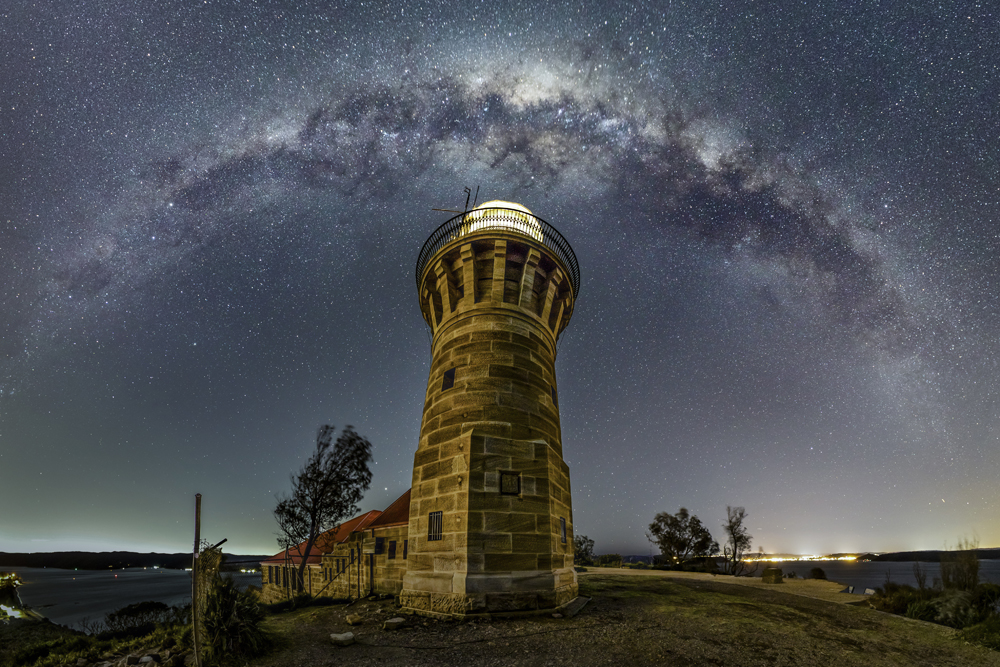
Barrenjoey Lighthouse - Photo Credit: Tom Elliott
Dusk is when we see the first microbats flit, hear bandicoots stir in our garden and see Venus rising, at present, – what’s great about looking up at this time of year?
This is the best time of year to get out and enjoy the evening - the goldilocks time. It's not too hot, not too cold, not too dark and not too light (Summer may be warmer, but it means staying up later to see anything in the dark!). Whatever the time of year, dusk is a really important part of the day for human and animal well-being. It is the warm coloured light of dusk that triggers melatonin and actually starts off the 'sleepy' actions in our body. With artificial light, or by turning on the light switch and flooding our environment with bright light, we can stop, stall or impact this natural trigger, or our circadian rhythm. Going outside, watching the sunset, counting the stars as they pop out of the sky, being aware of the moon phase is a lovely experience for families, friends and couples and can also give you a better nights sleep!
The current After Dark photo comp just for Northern Beaches residents – why this, why now?
With lockdown and people looking for ways to entertain themselves, there has been a dramatic upswing in the sale of telescopes and binoculars. It seems more and more people are engaging with the environment and looking for different ways to do it other than travel or camping.
The Northern Beaches has an array of different environmental conditions - sand dunes, waterways, parks, urban backyards - and it is our hope that capturing these at night would entice people to get out and experience our natural environment after dark. So often we think of ourselves as saving the environment but only do this during working hours.
Details of the After Dark Photo Competition run below.
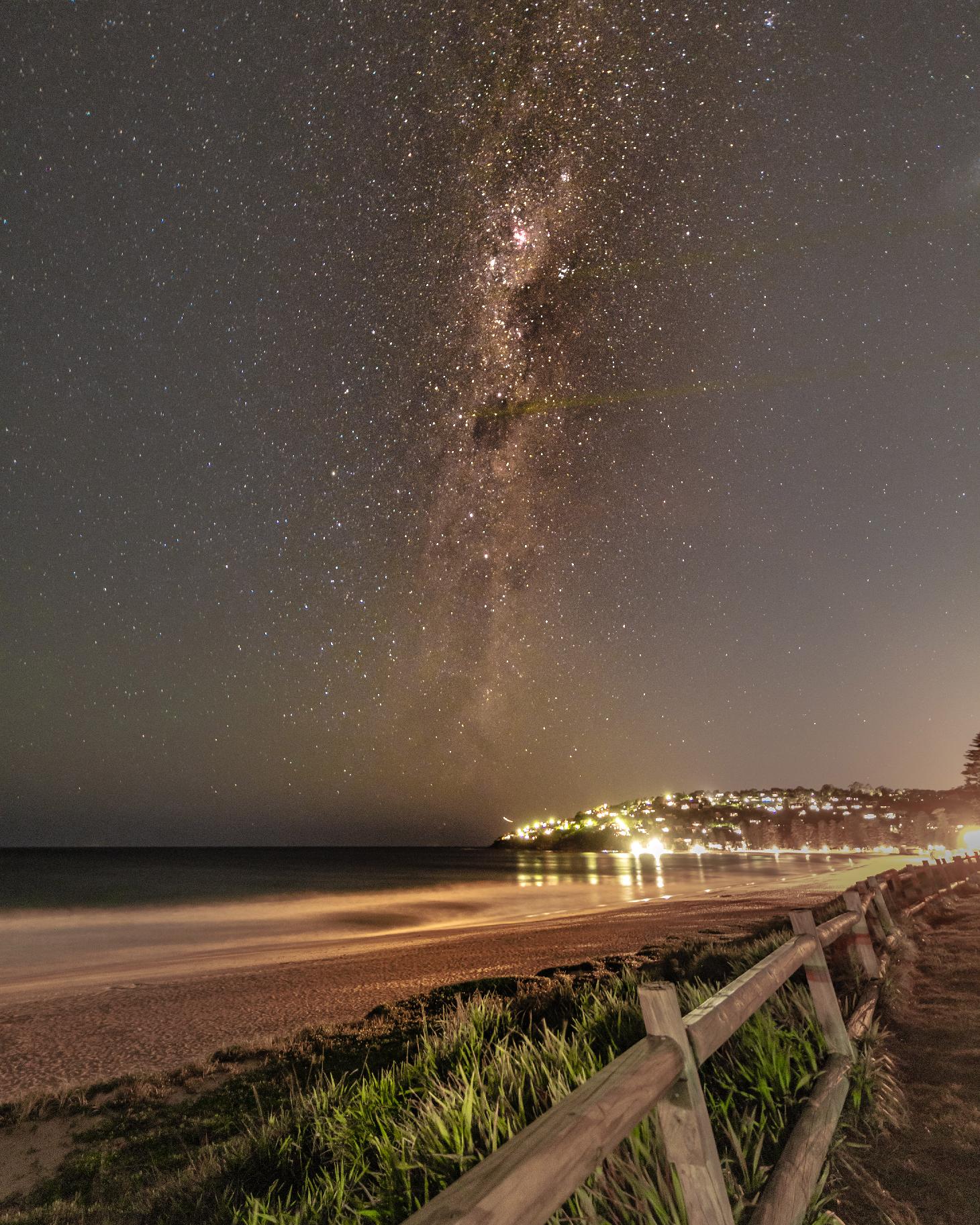
After Dark Photo Competition: Northern Beaches
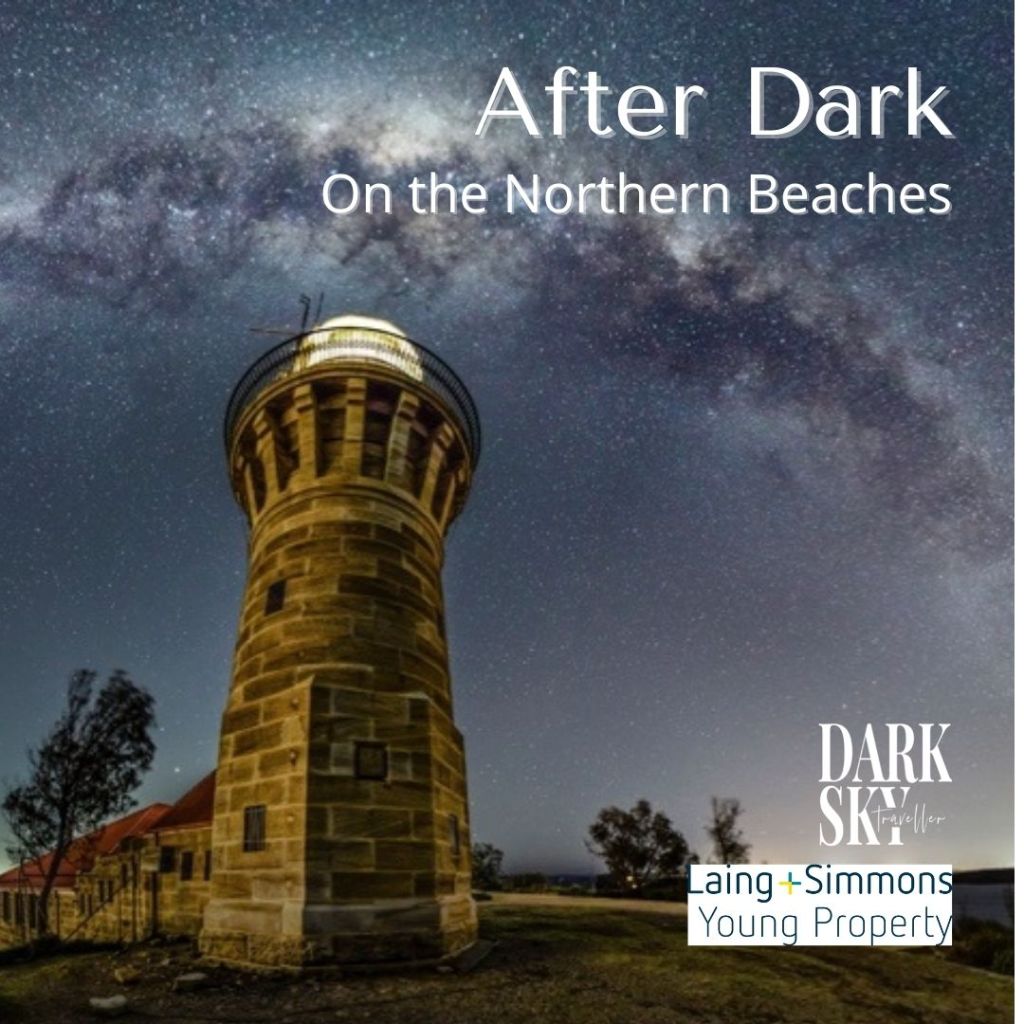 The Northern Beaches are one of the best places in Sydney to view the night sky and appreciate this wonderful asset.
The Northern Beaches are one of the best places in Sydney to view the night sky and appreciate this wonderful asset.Details
- Land – manmade and/or natural formations, wildlife, flora or fauna
- Sea – waterways, beaches, or marine areas, sea life
- Sky – aspects of the night sky, moon, starscapes, clouds or wildlife
- Junior – under 16 years featuring any one of these categories.
- Entry fees are $20 for the first category entered and $10 for each subsequent category entered.
- Up to six entries per category are permitted.
- Fees should be paid by the PayPal gateway on the entry website. Credit and debit cards can be used on this gateway.
- If entry payments are not received by the deadline, then the submitted entries will not be accepted for judging.
- Entries will be accepted only from Australian residents of the Commonwealth of Australia and its Territories.
- There will be two sections of entry – General and Junior (18 or younger)
- There will be three categories of entry for the General Section; Portraying the night time environment featuring Land, Sea or Sky.
- The Junior Section is for photographers 18 years old or younger and will have one open category.
- All entries must be taken within the Northern Beaches LGA and must be taken between sunset and sunrise.
- Images can be taken at any time of the year on or after 1 September 2019.
- The top 5 images of each category will be judged by the organising committee and will be hung at the Studio, Careel Bay Marina for general public display.
- Photographers represented in the top 5 images of each category will be notified that they are in the top 20 images (15 September 17:00 AEST).
- There is a limit of six (6) entries per category per photographer.
- In the case of images with multiple authors, the instigator of the image will be considered to be the principal author and the one who “owns” the image. The principal author MUST have performed the majority of the work to produce the image. All authors MUST be identified and named in the entry form along with their contributions to the production of the image.
- Entries must be in digital form and will be accepted ONLY through submission via the dedicated website at: afterdark.myphotoclub.com.au
- To preserve anonymity, the submitted image files should not contain identifying metadata.
- For judging purposes, still images must be submitted as JPG files with the longest side having a dimension no greater than 4,950 pixels in Adobe 1998 colour space.
- All photographs must have been taken no more than 2 years before the closing date of entry.
- Entry fees are $20 for the first entry and $10 each subsequent entry. Fees should be paid by the PayPal gateway on the entry website. Credit and debit cards can be used on this gateway.
- If entry payments are not received by the deadline, then the submitted entries will not be accepted for judging.
- Photographers of the top 20 images (5 in each category) will be notified 15 September and images printed, framed and hung by the organising. Artists may choose to pay $55 for this service to be undertaken on their part or undertake printing and framing at their own cost. Images must be ready for hanging 17:00 (AEST) 29 September 2021.
- Images will be listed on sale during the exhibition at the artist’s discretion. $100 of the sale will be donated to the charity the Australasian Dark Sky Alliance.
- Winners for the Land Scape, Sea Scape, Sky Scape and Youth entry will be announced Thursday 30th September 2021.
- People’s choice will confirmed by popular vote throughout the exhibition and will be announced on Saturday 30 October, 2021.
- Submissions close at 24:00 (AEST) on Wednesday, 1 September 2021. No entries will be accepted past this date.
- All winners should make an effort to attend the presentation of the awards on 30 September 2021
- The winning entries will be exhibited for the entire Exhibition After Dark, at the Studio, Careel Bay Marina between 30 September and 2 November, 2021.
- Permission to reproduce entries for publication to promote the competition and exhibitions and dark sky-related events and activities on the northern beaches will be assumed as a condition of entry. The copyright of the image remains with the author, and we will try to ensure that the author is credited where the image is used.
- All entries must be true images, faithfully reflecting and maintaining the integrity of the subject. Entries made up of composite images taken at different times and/or at different locations and/or with different cameras will not be accepted. Image manipulations that produce works that are more “digital art” than true astronomical images, will be deemed ineligible. If there is any doubt about the acceptability of an entry, then the competition organisers should be contacted, before the entry is submitted, for adjudication on the matter at the following email address: marnie@darkskytraveller.com.au
- If after the judging process, an image is subsequently determined to have violated the letter and/or the spirit of the rules, then that image will be disqualified. Any prizes consequently awarded for that image must be returned to the competition organisers.
- The competition judges reserve the right to reject any entry that, in the opinion of the judges, does not meet the conditions of entry or is unsuitable for public display. The judges’ decisions will be final.
- Submission of an entry implies acceptance of all the conditions of entry and the decisions of the competition judges.
- Entries Open: 24:00 (AEST) Sunday, 11 July 2021
- Entries Close: 24:00 (AEST) Wednesday, 1 September 2021
- Top 20 announced: 17:00 Wednesday, 15 September 2021
- Photography bump in: Midday Wednesday 29 September 2021
- Exhibition Launch and Presentation of Awards: Thursday 30 September 2021- to be confirmed
- Bump out – 2 November 2021
- Category Winner: An image deemed to be the best in that category as judged by the judging panel.
- “The People’s Choice”: This will be judged by gathering votes obtained in the exhibition venue, and online.
- Category Winner: $200 – to each of the image deemed to be the best in each of the four (4) category.
- “The People’s Choice”: $200 – will be judged by gathering votes obtained in the exhibition venue, and online.
From Pittwater Online News: Issue 271 - Warrumbungle First Dark Sky Park In Australia
05.07.2016: Ministerial Media Release - The Hon. Rob Stokes MP, Minister for PlanningWarrumbungle National Park in Central Western NSW has been declared Australia’s first Dark Sky Park, recognising and protecting its key role in astronomical research. Planning Minister Rob Stokes and Environment Minister Mark Speakman welcomed the park’s new status, following confirmation from the International Dark Sky Association.
Mr Stokes said the park’s dark sky qualities will be protected with $100,000 in funding to control light pollution through implementation of updated planning policies. A new Dark Sky Planning Guideline has also been developed with the Australian Astronomical Observatory as part of the NSW Government’s review of state planning policies. “Warrumbungle National Park has long been recognised not only for its beauty at ground level, but also for the wonder it holds in the night sky above,” Mr Stokes said. “It’s an outstanding place to view the night sky and, with the nearby Siding Spring Observatory, plays an important role in Australian astronomical research. “As nearby communities grow, it’s important we plan to protect the park’s dark sky qualities from light pollution now and into the future.”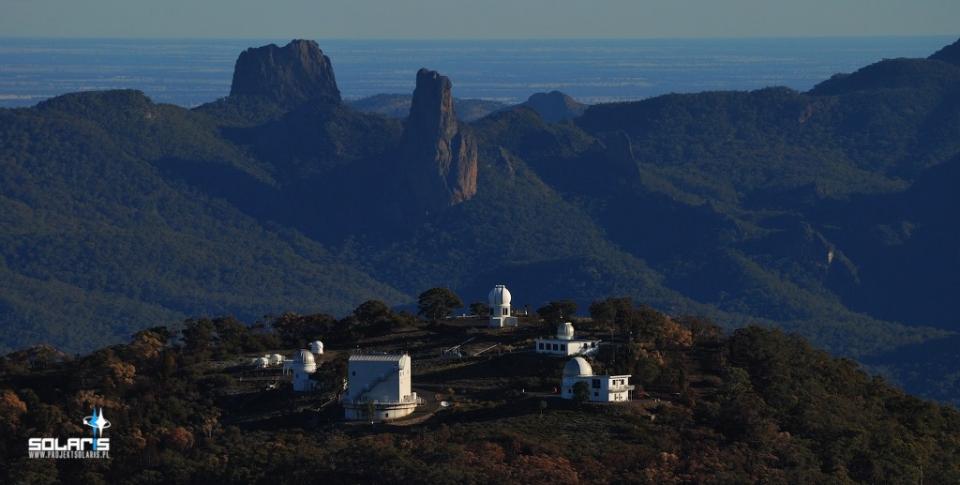
SSO Telescopes showing surrounding landscape - picture courtesy Australian National University (ANU)
Mr Speakman said the Dark Sky Park’s status would benefit the environment as well as stargazers. “Light pollution has a detrimental effect not only on professional and amateur astronomy, but it also impacts on those parts of the ecosystem, such as nocturnal animals, which are reliant on dark night skies,” Mr Speakman said. Member for Barwon Kevin Humphries welcomed the Dark Sky Park declaration.
“Warrumbungle National Park is a place our local community has always treasured, and I’m delighted it’s now been recognised in this way,” Mr Humphries said. Australian Astronomical Observatory Head of Lighting and Environment Professor Fred Watson led the nomination for the Warrumbungle National Park to be Australia’s first Dark Sky Park. “I am thrilled with the new Dark Sky status, which will give central western NSW the opportunity to educate and exemplify the benefits of dark skies and the use of sky-friendly lighting,” Professor Watson said. Warrumbungle National Park joins other international parks such as Death Valley National Park in the United States and Galloway Forest Park in Scotland as officially designated Dark Sky Parks.

